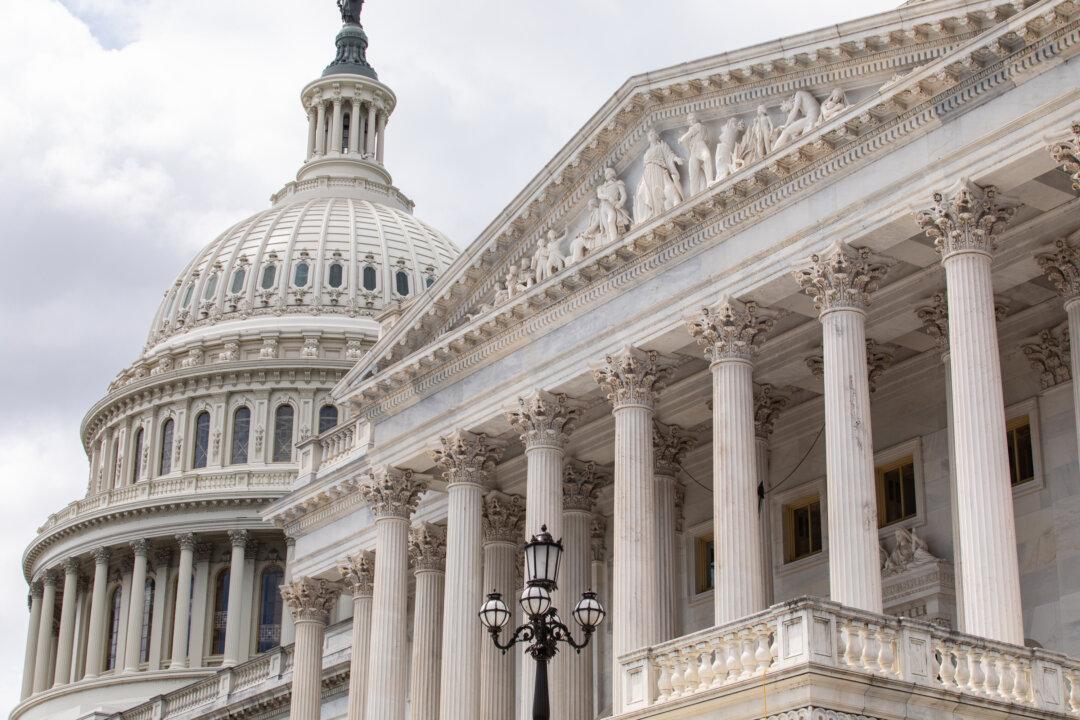American voters are concerned about the country’s national debt, which has ballooned over the past decade, with many expressing worries about the $1.7 trillion spending bill that President Joe Biden signed into law last month, according to a recent survey by Rasmussen Reports.
When asked how worried they were about the U.S. national debt, which currently stands at $31 trillion, 76 percent of respondents said they’re concerned about the situation, with 53 percent claiming to be “very concerned.” Only 21 percent weren’t concerned about the debt size.





